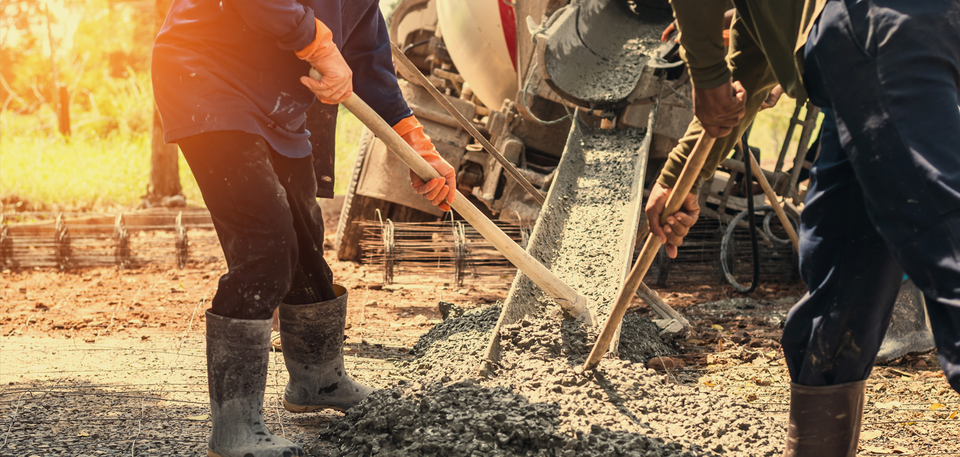Curing
Curing is one of the most important and also the most often neglected phase of good concrete construction. Poorly cured concrete is more likely to crack and will not be as durable.
Curing should last for a least 3 days, and as long as 7 days, if practical. There are several methods of curing, including plastic sheets to cover the concrete, or continuous sprinkling, or applying a special curing compound. Curing should begin as soon as possible after the finishing operations. In areas experiencing colder temperatures, curing procedures may need to be adjusted.
Jointing
Joints in concrete pavements control the location and spread of cracks. They can be hand-tooled or saw cut, and should be made to a depth of no less than 1 inch for a four-inch-thick slab. Joints should be spaced no more than 10 feet apart for a 4-inch slab. Driveways that are wider, 12 feet or more, also require a joint down the center. Panels should be as square as possible, but in no case, should the long side be more than 1½ times longer than the shorter side. Jointing should begin as soon as possible after the finishing operations. If jointing is to be done with a hand groover, proceed when the concrete sustains foot pressure with only a ¼ inch indentation. If sawed, begin within 24 hours.


